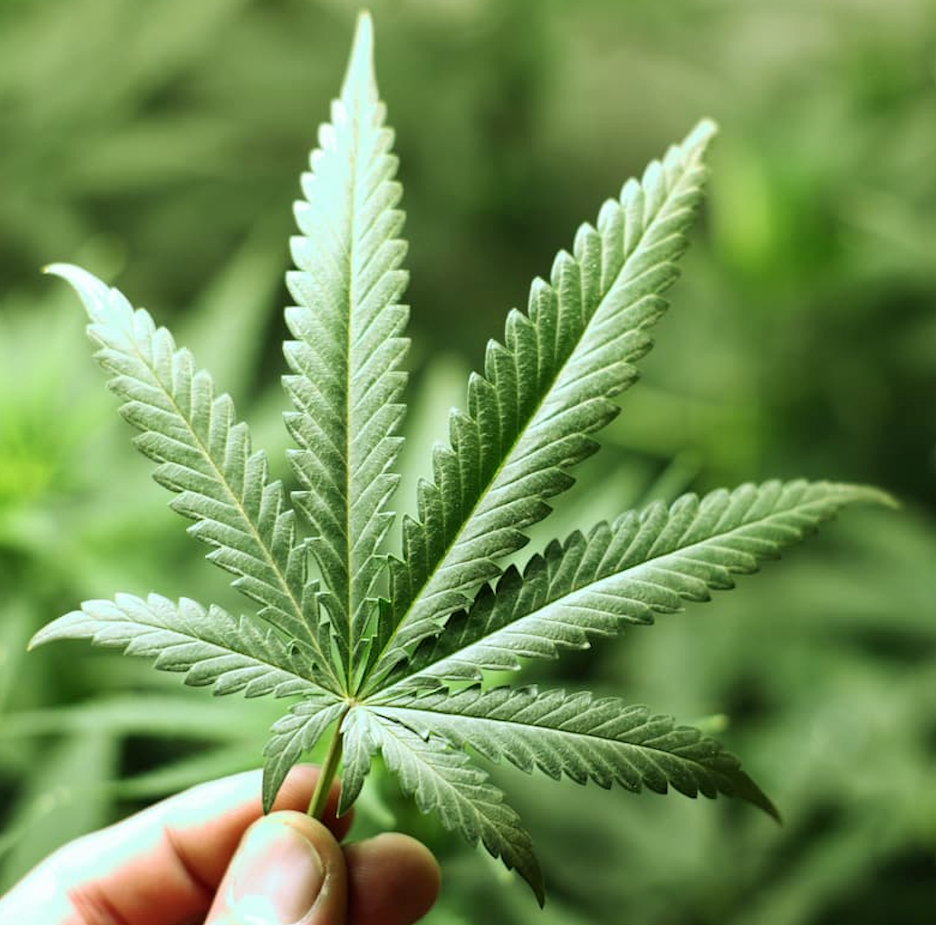Poll Reveals 1 in 5 Older Adults Use Cannabis
One in five adults over 50 use cannabis, but researchers warn it’s important to know the health risks, including addiction and impaired brain function.
By
Lana Pine
| Published on October 3, 2024
4 min read
Credit: Adobe Stock/yellowj

In February and March 2024, the University of Michigan National Poll on Healthy Aging surveyed a national sample of adults aged 50 and older to explore their perspectives and experiences with cannabis, including their usage, reasons for use, risky behaviors and whether they discussed their use with their doctors.
The poll revealed that 21% of adults aged 50 and older used cannabis with THC in the past year, with 12% using it monthly. While many older adults use cannabis for relaxation or sleep, the research team warned there are significant health risks associated with its use, including addiction, impaired brain function and potential complications with other health conditions. Additionally, smoking and vaping cannabis can harm lung health, while edibles and high-THC dabs can cause acute medical issues, such as psychosis or shaking.
Misconceptions persist among older adults, with 28% unaware that cannabis is addictive and many unaware of the increased potency of cannabis today compared to past decades. Consulting with a healthcare provider for safer alternatives to address mental health, relaxation and sleep concerns is advised by investigators.
Who is Using Cannabis?
One in five adults aged 50 and older use cannabis in the past year, with 12% reporting use at least once a month and 9% using it only once or twice. Participants were more likely to use cannabis if they are in fair or poor physical health, have a household income of under $60,000 and were aged 50 – 64.
Reasons for Use
The majority of participants reported using cannabis to aid in relaxation (81%), to help with sleep (68%) and help with pain relief (63%). Others said they use cannabis because they enjoy the effects and it makes them feel good (64%) and some use it for mental health reasons and for a mood boost (53%). One in four subjects said they use cannabis for medical purposes, while 31% use it to have more fun and connect with others, 26% use it for special celebrations and 18% reported wanting to experiment.
Types of Cannabis
Most (74%) people surveyed who have used cannabis ingest it through edibles or beverages and 58% use flower. Other types included lotions and skincare products (34%), vaporizers (26%) and concentrates, such as dabs and butane hash oil (19%).
Risky Behaviors and Signs of Dependence
Among participants who used cannabis monthly, about half (56%) have spoken about it with their doctor.
Although most people believed that people can become addicted to cannabis (72%) and that it is stronger today than it was 20 or 30 years ago, 21% did not think so.
Among regular users, signs of dependence were observed, including 22% saying they needed to use more cannabis to achieve the effect they wanted, 21% found reduced effect over time, 17% increased their dose and 13% reported having strong cravings.
Additionally, one in five people who used cannabis in the past year said they drove within two hours of use at least once. Among those who used cannabis at least monthly, the percentage jumped to 27%.
The team emphasized that it’s reasonable to be curious about cannabis and want to learn more about it or try it. However, it's equally important to understand the risks. There are no established medical guidelines or recommended dosages for cannabis products. In most areas, driving after using cannabis is illegal, and since it remains in the body long after the high wears off, individuals could still test positive for cannabis days or even weeks later if stopped for a driving violation, leading to legal consequences, even when cannabis is used for medical or pain relief purposes.

